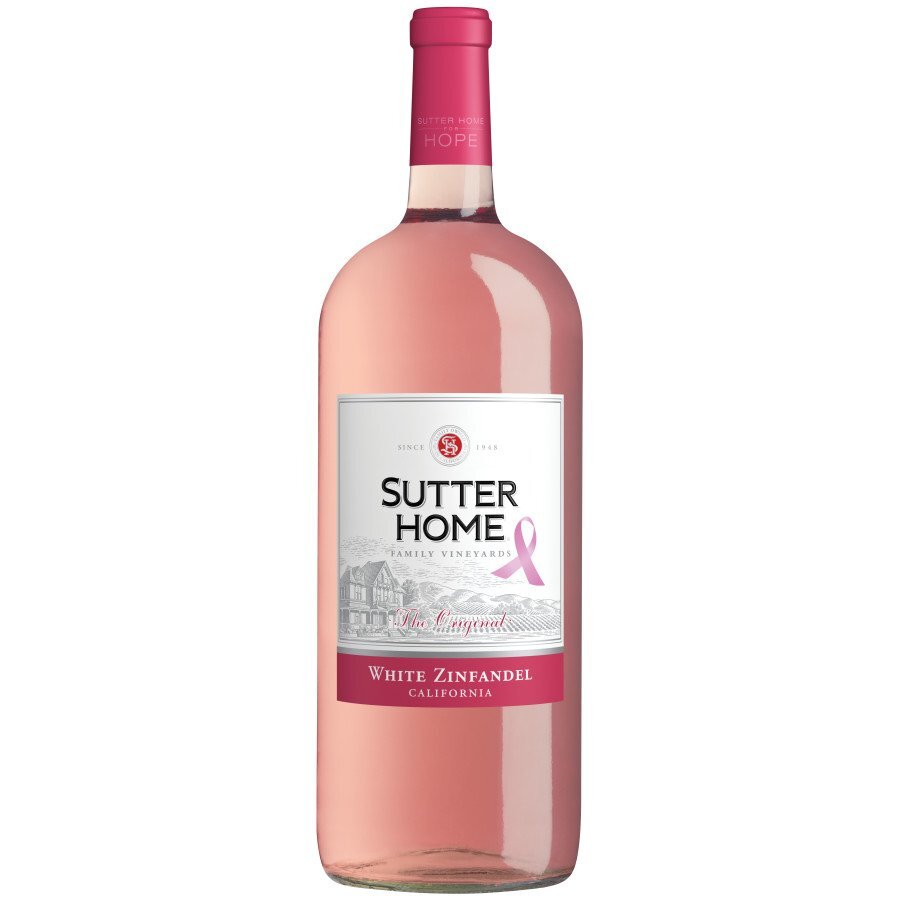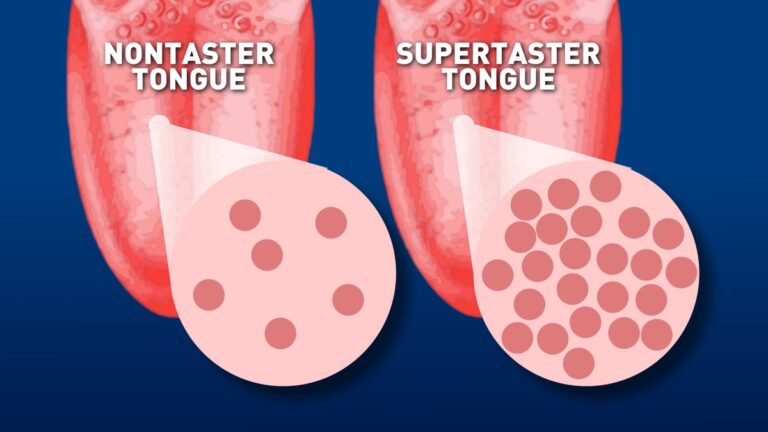In a previous Get Live I discussed the concept of Chaptalization. If you missed that post I explained that chaptalization is the adding a sugar to a fermenting wine in order to help raise the alcohol level and to increase the mouthfeel or body of the wine. I mentioned that chaptalization is not a method of making sweet wines, that they are made in a different manner.
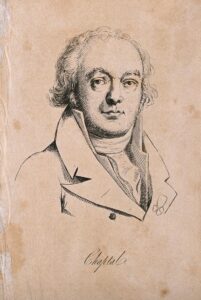
So today, I thought I would follow that statement up with the ways that wine is made sweet and discuss how the famous sweet wine, White Zinfandel, made it into the wine world. Before diving into sweet wines, we need to understand what makes a wine sweet or dry. If a wine is dry, the yeast within the fermenting wine has consumed all the sugar and has converted it to alcohol. A sweet wine is when the sugar in the fermenting wine has not been completely consumed.
Probably, the most well known sweet wine is “white zinfandel,” but that is not the only sweet wine out there. We can also experience sweet wines in Sauternes, as well as with Port and Sherry. In general, people typically think of sweet wines when it comes to Riesling and Moscato. I want to make it clear that Riesling does indeed come in dry styles and sadly many people turn away from Riesling because they think it is sweet. Try the wines of Alsace!

How did White Zinfandel make it onto the shelves? Honestly, it was a big mistake that turned into a fantastic marketing ploy. The next time you see a bottle of White Zinfandel, you can take Sutter Home.
During the 1970s, white wine was all the rage. The demand was massive, but the fruit was not plentiful. Wineries began making white wine from red grapes aka rosé from the siagneé method. In the case of white zinfandel, Sutter Home was making their rosé and the horrible thing happened; a stuck fermentation. Instead of dumping the massive batch, they decided to release it and promote it as a cheaper sweet wine and the craze began! Sadly, harming the reputation of Zinfandel as it does produce a beautiful red wine that is dry.
Have you been missing the weekly Exploring the Wine Glass posts? They have moved. Sign up at http://eepurl.com/be49CD to never miss a post. Subscribe to Dracaena Wines’ blog in the sidebar on this page.
However, in wines such as Sauternes, the sweetness is made completely differently. Sauternes is an AOC located in Bordeaux. The region sees a maritime climate that is influenced by the two rivers, the warmer Garonne River and its tributary, the cooler Ciron. These rivers produce a mist that encapsulates the vineyards overnight and promotes the development of the Botrytis cinerea fungus.
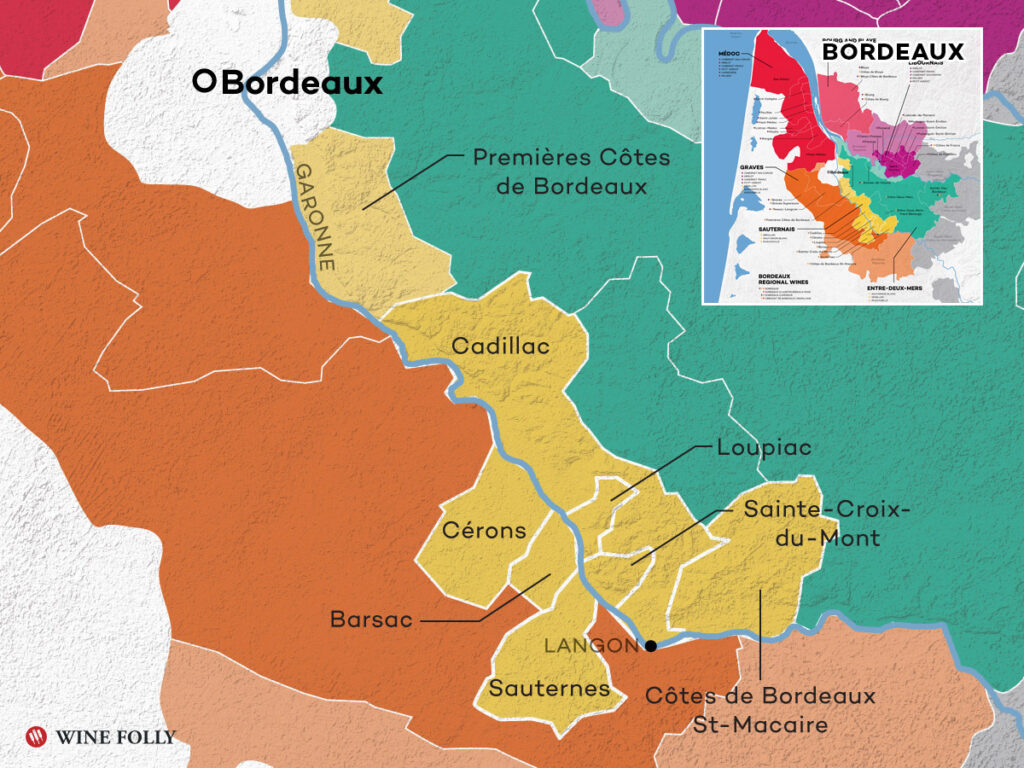
When the microscopic spores find their way into the grape, dehydration and evaporation occurs. As a result concentrated grape juice and high acidity remain in the shriveled grape leading to an extremely intense flavor.
Another form of sweet wine is Port. Only wines that are made in Portugal’s Douro Valley can be labeled as Port. This wine is made by fortifying a base wine before it has fermented to dryness. The winemakers will allow the wine to partially ferment and then add distilled grape spirit, usually brandy to it. Since yeast can actually be killed by too much alcohol in the wine, the addition purposely stops the fermentation.
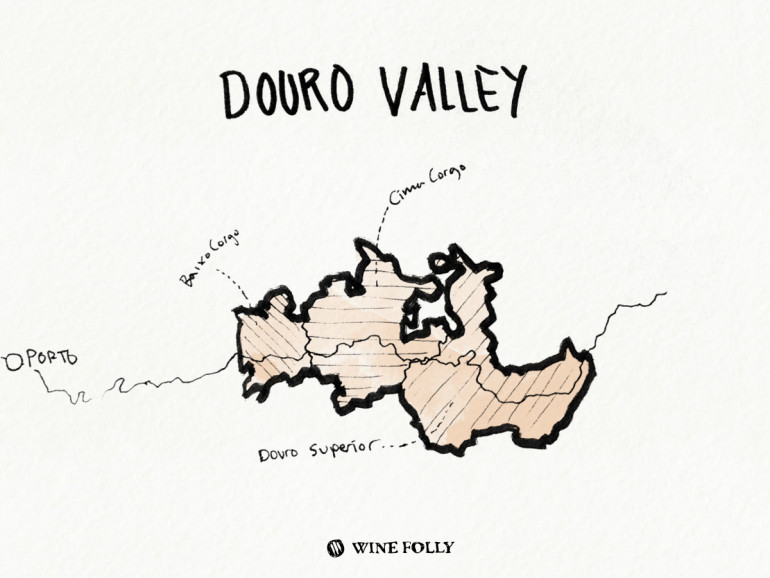
Similar to Port being only made in Duoro Valley, Sherry can only be produced in the Jerez region of Spain. Not all sherry is sweet though! If you are looking for a dry sherry, look for the Fino and Oloroso styles.
Sherries that are sweet can be either naturally sweet or sweetened by blending. In naturally sweet sherry, the fruit is harvested late and allowed to dry in the sun, resulting in extremely small berries full of concentrations. The blended sweet sherries are produced similar to Port and start from a base of dry wines, to which Pedro Jimenez or Moscatel wine is added.
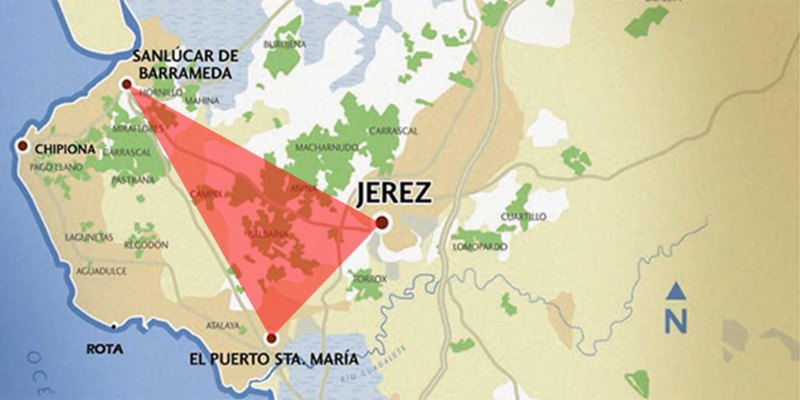
Do you like sweet wines? What is your favorite?
Please follow us on Instagram, Twitter, Facebook and Youtube.
~Slàinte!
Try the 90+ rated and multiple Double Gold medal winning wines of Dracaena Wines and get a 10% discount off your first order. Click the banner below and use code “Explore” at checkout. 
